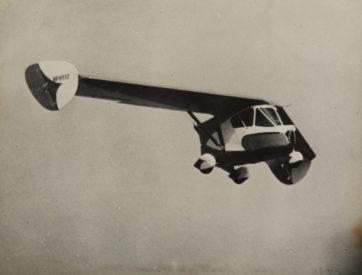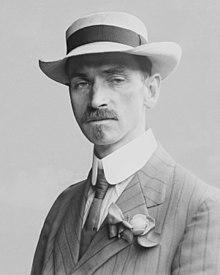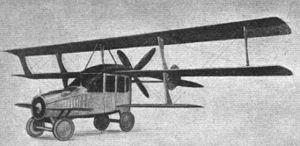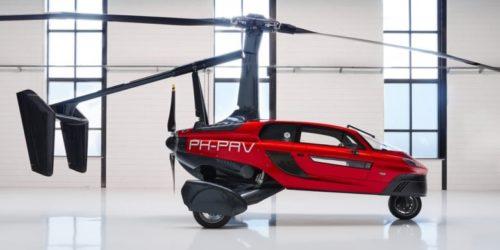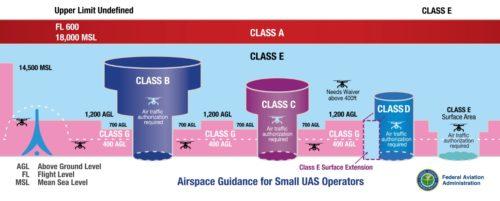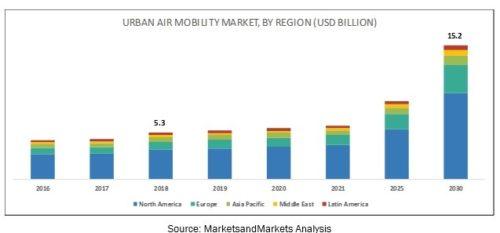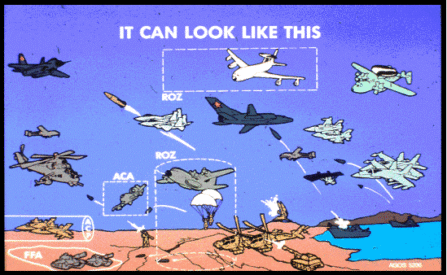10 Things You Always Wanted to Know About Flying Cars
But Were Afraid to Ask

Who invented the world’s first successful flying car?
Waldo Waterman, a San Diego, California-based aviation developer and pioneer, invented the first flying car in 1932. The tailless monoplane was dubbed the Whatsit because that’s the question most reporters asked first.
The Waterman Aerobile followed in the late 1930s. Painted “Buick blue,” this flying car was designed with automobile parts from Studebaker, Ford, and other carmakers so it would look like a car.
Rejected by the US Military because of flat feet and the two ankles he broke trying to fly one of his earlier aircraft inventions, Waterman ultimately became head of the Department of Theory of Flight, School of Military Aeronautics at the University of California at Berkeley.
Who tried to build the world’s first roadable aircraft?
Aviation pioneer Glenn Curtiss built the world’s first “roadable aircraft,” the Curtiss Autoplane, in 1917.
The Autoplane was displayed at the 1917 Pan-American Aeronautical Exposition in New York. It was capable of lifting off the ground but never achieved flight.
The Wright Brothers brought a lawsuit against Curtiss for patent infringement in 1909.
Litigation continued until 1916, with pressure from the U.S. Government for the parties to resolve their differences to aid what would soon be the U.S.’s involvement in World War I. The Wright Brothers won all nine cases they filed against Curtiss and others.
How many “flying cars” are currently in development?
According to the Vertical Flight Society (VFS), there are more than 400 (435, at last count) electric and hybrid-electric vertical takeoff and landing (eVTOL) concepts in development. Some are vectored thrust, some are hover bikes or personal flying devices, some are lift+cruise, some are wingless multicopters, and some are electric rotorcraft.
Where will the first flying cars operate?
Hard to say, but preliminary approvals have been granted in the U.S., the E.U., Singapore, and Japan. India may prove the winner with The Netherland’s PAL-V International Liberty set to launch in Gujarat, India in 2021.
Is Urban Air Mobility already here?
That depends. The U.S. Federal Aviation Administration lists 869,517 drones registered (as of March 31, 2021). Nearly half a million of those drones were “recreational,” while almost 400,000 were registered for commercial use.
Britain’s Civil Aviation Authority (CAA) listed more than 50,000 registered drones (as of 2019) but estimated more than 130,000 were in use. Drones weighing more than 250g but less than 20kg must be registered with the CAA.
What are people’s top concerns about Unmanned Aircraft Systems (UAS)?
A survey conducted by the FAA revealed that the top concern about UAS was new rules for recreational fliers. The second-highest concern was altitude/airspace restrictions, and the third biggest concern was “how to fly in controlled airspace.”
Where are the most drones registered in the U.S.?
Most drones are registered in California (Northern and Southern). Other high concentrations include southern Florida, the US Northeast Corridor, including the Washington, DC metropolitan area, and Long Island, New York.
How much will the UAM market be worth?
According to Northbrook, Illinois-based MarketsandMarkets, the UAM industry was worth US$5.3 billion in 2018 and is expected to grow at a compound annual growth rate (CAGR) of 11.33% and is estimated to be worth USD15.2 billion by 2030.
Which global region is developing UAM the fastest?

What are the biggest challenges the UAM industry faces now?
Forbes magazine identified four challenges UAM must overcome to become commercially viable: Autonomy, airspace deconfliction, navigation, and electrification.
Autonomy will challenge operators beyond visual line of sight (BVLOS).
Radar/LIDAR will help. Secure communications will be key to ensuring airspace is conflict-free with all those new additions to our skies.
Inertial navigation systems using motion sensors to ascertain location based on velocity history and orientation will eliminate the need for external data or signals. The electrification of flight will facilitate operations in urban environments because it won’t produce polluting emissions.


